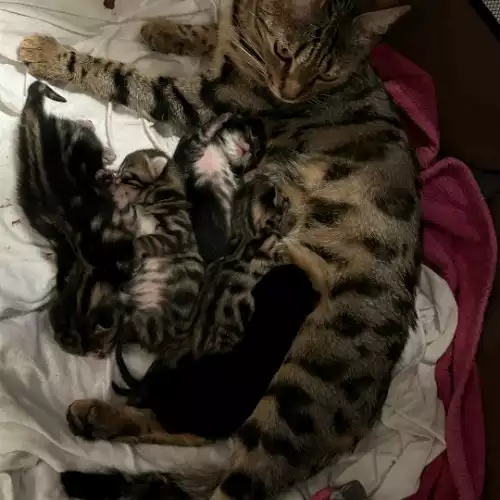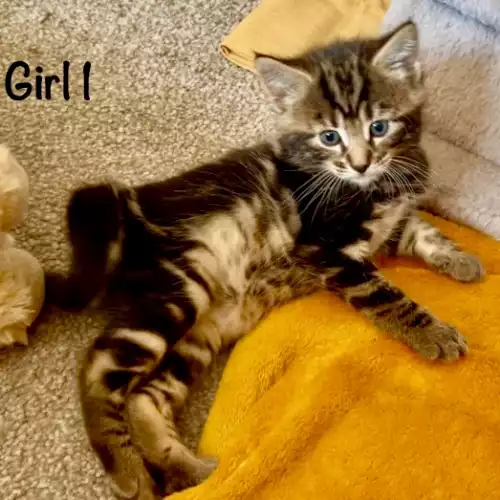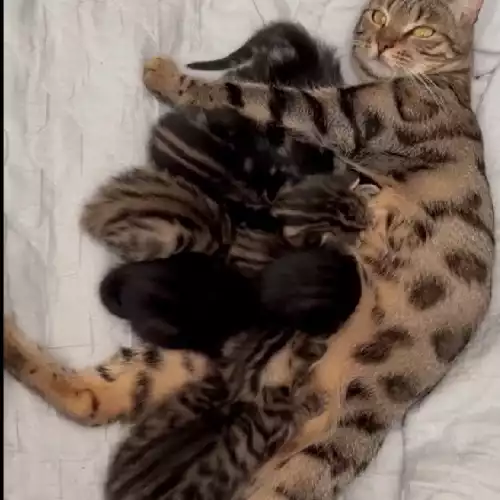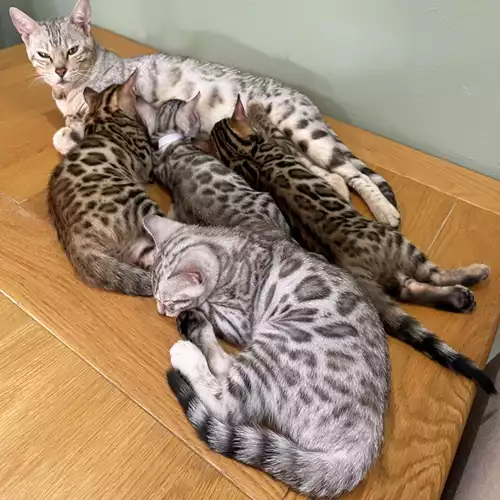
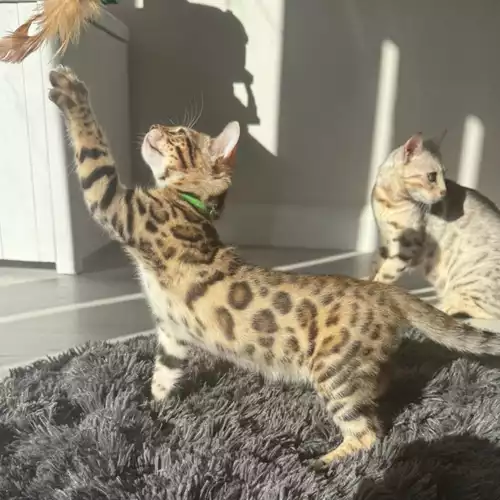
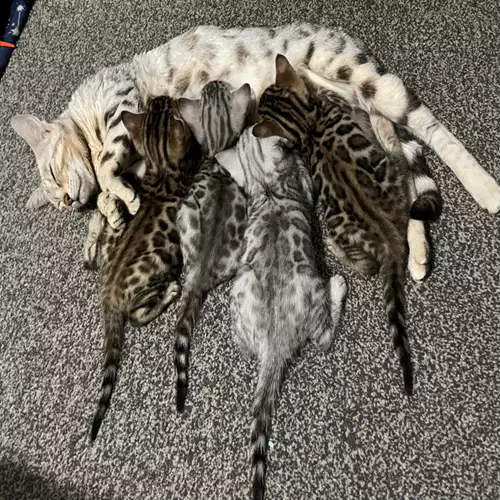
Bengal cats have a wild appearance and an extremely fascinating demeanour making them anything but your average house cat.
Bengals which are bred from domestic cats and Asian leopard cats are renowned for their bravery, intelligence, and playfulness. In every aspect of their appearance bengals are bred to look like their wild ancestors, such as the Asian leopard cat.
Bengals are typically gregarious and self-assured and they frequently get along with kids and other pets, particularly if they are socialised from an early age. They thrive on play, attention, and enrichment, making them perfect for an active home. They can become destructive or mischievous if bored or ignored, so they are not appropriate for homes seeking a calm, laid-back lap cat.
Bengal cats usually live between 12 and 16 years but some can live even longer if they receive good care and lead healthy lives. They require a diet high in protein and nutrients to support their rapid metabolism and athletic physique.
When it comes to grooming, Bengals require less care because of their silky, short coats. They will remain happy, healthy, and in their finest appearance with some routine maintenance.
Bengals are incredibly intelligent - they pick things up fast, resolve difficulties on their own, and can even unlock taps, drawers, and doors. To keep their minds occupied it is beneficial to offer puzzle toys and training exercises that stimulate their mental engagement.
Bengals require a lot of playing and excitement because they are highly active animals. Their run, climb, or chase can look like a small leopard. They adore interactive play with laser pointers and feather wands. Additionally, they require room to move about and climb—cat trees are essential. Bengals are inherently inquisitive and will explore every area of the house, frequently with a paws-on approach. It won't be a surprise to see them on top of doors or cabinets, as they are skilled climbers and jumpers.
Bengals frequently make loud noises, including meowing, chirping, and other expressive sounds, and they are not afraid to express what they want. Though they are not always lap cats, Bengals are devoted and loving. They would rather be close to you than on you, however - many develop close relationships with their people.
Beautiful, energetic, and intelligent, the Bengal cat breed is renowned for both its wild look and its domestic appeal.
Like a little leopard, Bengals have a smooth, silky, and opulent coat with a rosette or marbled pattern. Usually brown, snowy, or silver, they have swirls or spots that contrast sharply. Bengals have large, oval, expressive eyes that are frequently gold or green.
They are middle to large size, muscular and athletic. Male Bengals weigh 5–7 kg, while females weigh 4–5.5 kg, making them a medium to large cat breed. They appear to be ready to jump at any time since they are strong, athletic, slim, and powerful. With a thick, medium-length tail that is frequently tipped in black, they have a long, well-balanced, sleek, and nimble physique.
Like wild cats they have a large, slightly wedge-shaped head with high cheekbones and medium-sized, rounded-tip ears that are widely spaced and adjusted for awareness. The broad Bengal nose has a powerful chin and a noticeable whisker pad. Compared to many other domestic breeds they are somewhat longer and more noticeable.
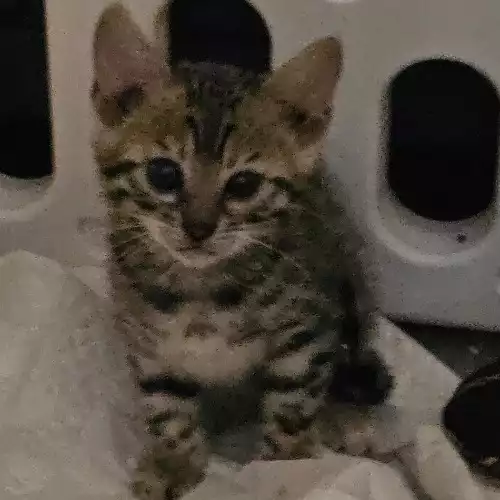
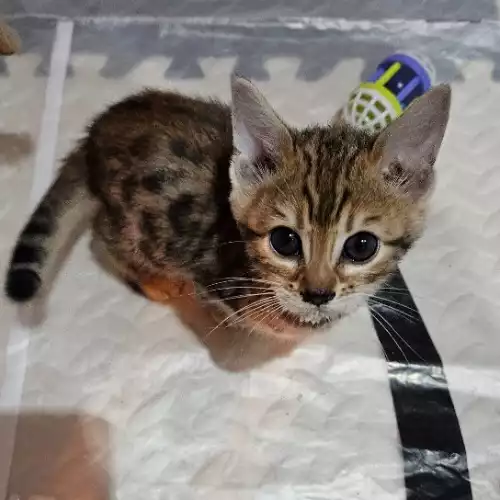

Because of their athletic physique and mixed ancestry bengal cats are typically robust and healthy, however - they are susceptible to some inherited and breed-specific health problems, just like any other breed.
Bengal cats may develop Hypertrophic Cardiomyopathy (HCM), a disorder that thickens the walls of the heart and, if left untreated, can result in heart failure. Ask the breeder if the parent cats had any HCM testing done.
A degenerative eye illness that can cause blindness, Progressive Retinal Atrophy (PRA) is another prevalent health issue among Bengals. Although responsible breeding helps lower risk, there is no cure.
In addition, they may develop Hip Dysplasia, Flat-Chested Kitten Syndrome (a malformation that can damage the appearance of a kitten's chest), Patellar Luxation (a disorder of the knee where the kneecap falls out of position), and some gastrointestinal sensitivities.
Purchasing a Bengal cat from a trustworthy breeder who tests for PRA, HCM, and other recognised genetic problems is always advised. Request proof of veterinary examinations and health certificates.
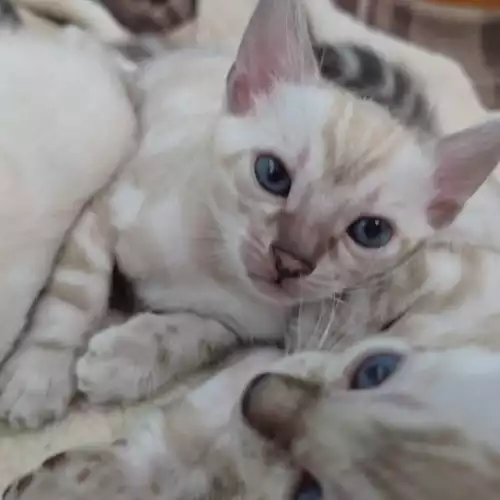
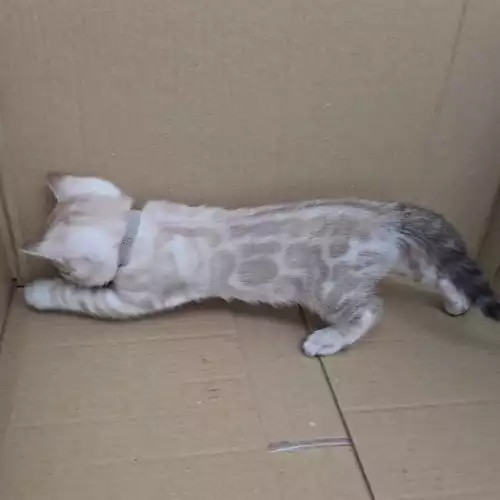
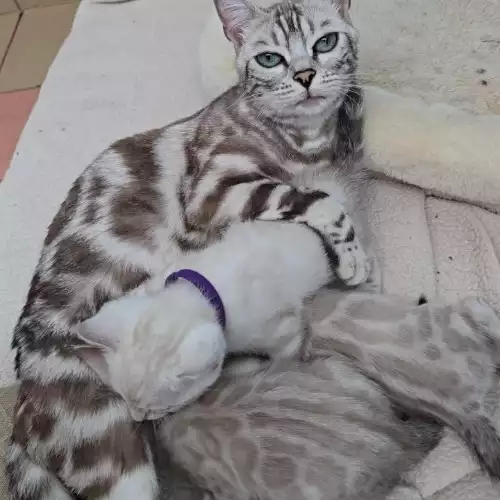
Bengals who are descended from wild cats, thrive on a meat-based diet. Real meat (such as chicken, turkey, or fish) should be listed as the first component in cat food. Protein (dry matter basis) should be at least 40–50%. Avoid using foods like corn, soy, or wheat as fillers.
For long-lasting energy Bengal cats require healthy fats like Omega-3 and Omega-6 fatty acids. They support the health of the skin and coat, particularly the well-known Bengal shimmer. The majority of commercial meals contain taurine, which is essential for the heart, eyes, and reproductive system of Bengali cats and has to be included in cat food. Check for additional calcium, magnesium, vitamins A, B, E, and D.
Bengals need to have wet food or diets high in moisture because they aren't huge drinkers by nature. Wet food should be given every day, fresh water should be available in several places, and a pet fountain can be beneficial because they enjoy moving water to control their moisture. To control their energy levels, Bengals can be fed two to three small meals a day. It is necessary to keep an eye on their weight and modify their servings accordingly. In addition to a regular feeding schedule, think about using puzzle feeders or food-dispensing toys to keep their minds active.
Avoid foods that contain artificial preservatives, colourants, or by-products. Bengals may get digestive problems as a result of eating grains and poor-quality carbs. Since the majority of adult Bengal cats are lactose intolerant, milk should not be given to them.
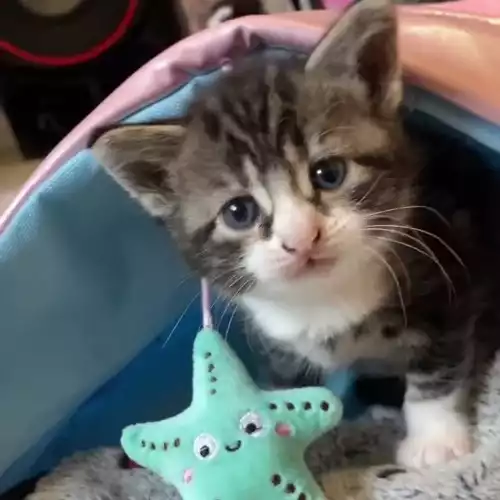
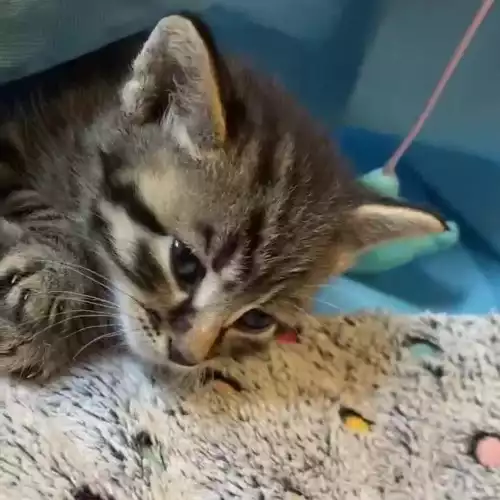
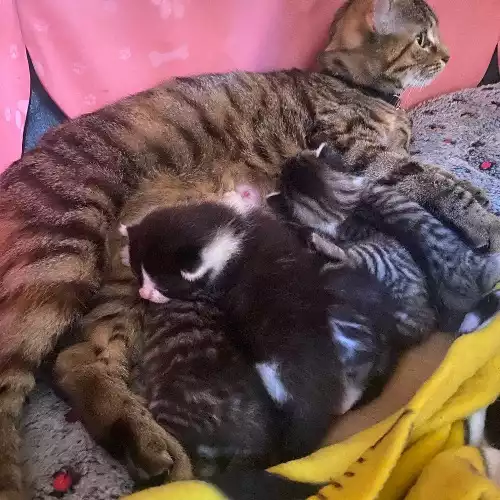
Bengals shed moderately less than long-haired breeds because of their short, thick, soft, and silky coat type. Bengal brushing should typically be done once a week. Using a grooming glove or soft-bristle brush can help eliminate hairballs and remove stray hair.
Bengals usually take good care of themselves, so they don't require frequent bathing. Some Bengals, on the other hand, may accept or even enjoy the occasional bath because they love water. Use a cat-specific shampoo and bathe only when required (for example, if the cat is dirty or smells).
Bengal long-term health depends on dental care, so brushing their teeth two to three times a week using pet-safe toothpaste is necessary. Tartar can be lessened with dental toys or treats.
To avoid damage or overgrowth, nails should be clipped every two to four weeks. Bengal ears should be checked weekly for dirt, wax accumulation, or infection symptoms (discharge, redness, or odour). Use a moist cotton ball and a veterinarian-approved cleaner to gently clean them.
Frequent grooming is an excellent opportunity to look for skin problems, fleas, lumps, and pimples. In order to make your Bengal comfortable and cooperative, begin grooming procedures early. It's important to make grooming sessions enjoyable and stress-free by rewarding and praising them.
